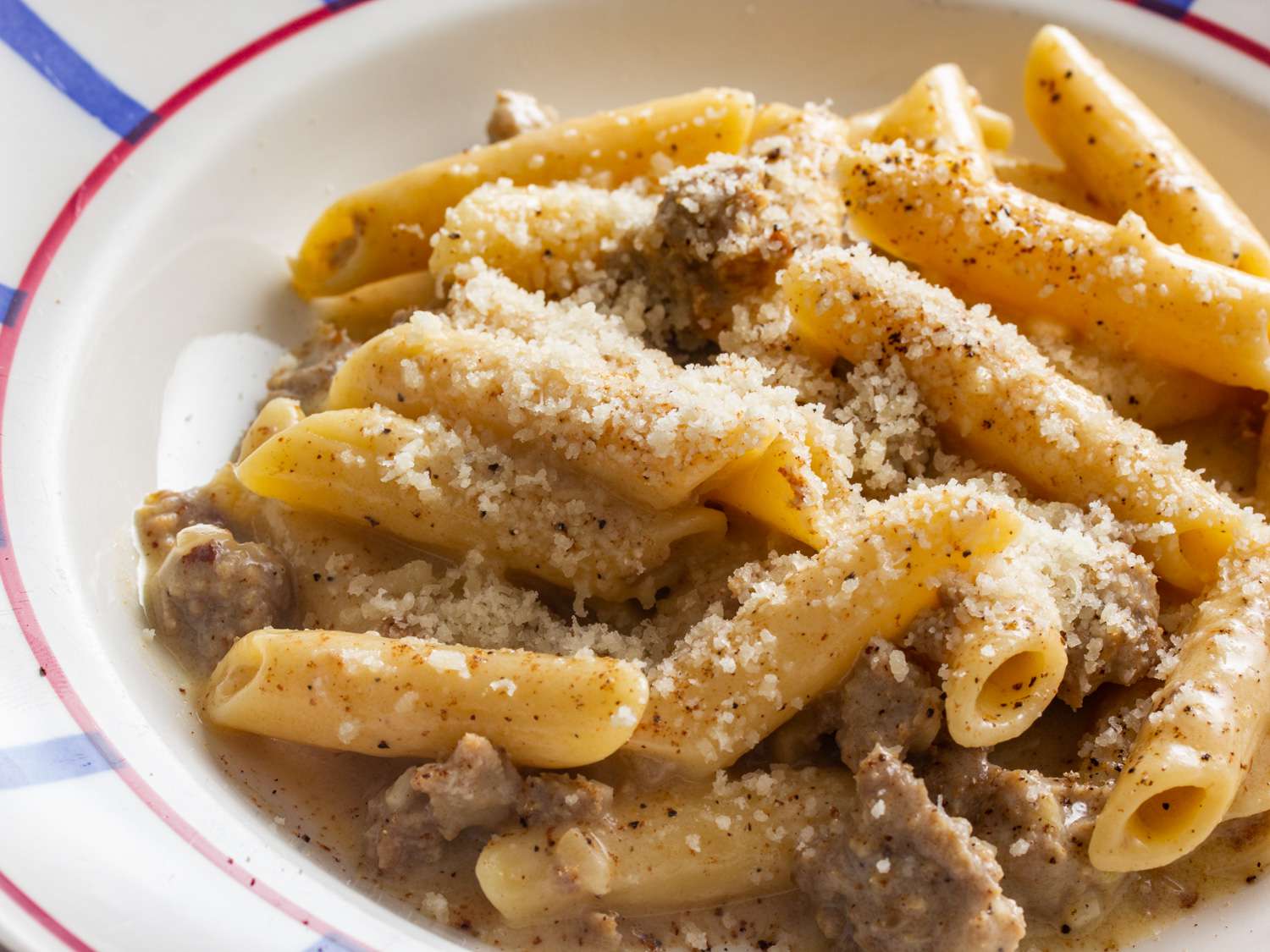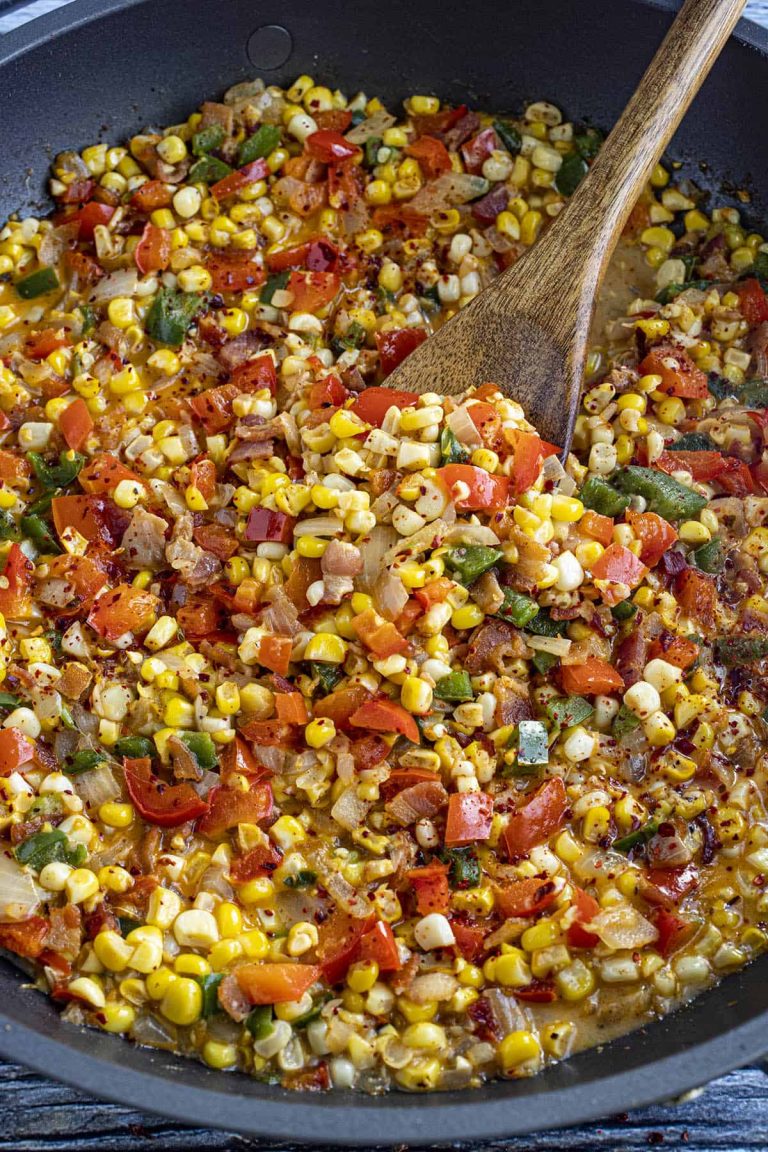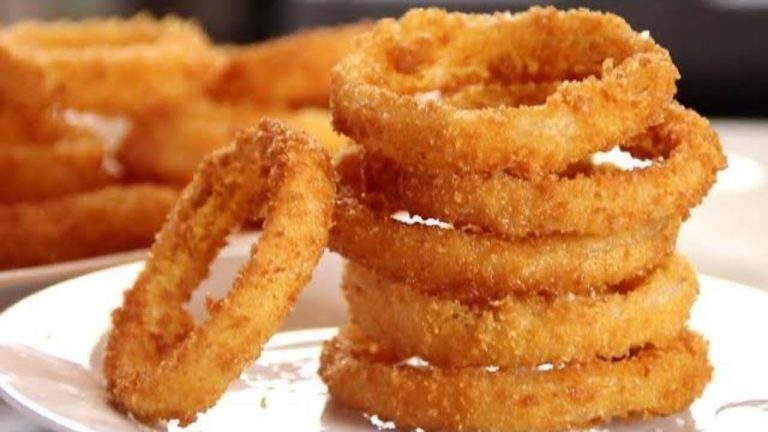Linguine Alla Panna With Sausage Recipe: Tips and Techniques
Linguine Alla Panna, originating from Italy, merges traditional ingredients to create a comforting dish. Italian cuisine emphasizes fresh and high-quality components, and this dish showcases that with its creamy sauce and flavorful sausage. Authentic recipes often use local Italian sausages and heavy cream. Linguine, the chosen pasta for this dish, offers the right balance of firmness and absorbency, allowing the sauce to cling perfectly to each strand. This dish embodies Italy’s dedication to combining simple yet harmonious flavors.
The Popularity Surge in American Cuisine
Linguine Alla Panna with sausage has gained significant traction in American cuisine over recent decades. The dish’s creamy richness paired with savory sausage appeals to diverse palates, making it a staple in many Italian-American restaurants. Adaptations of the original recipe often include variations to suit American tastes, such as adding garlic or different herbs. Food blogs and cooking shows have further popularized the dish, presenting it as an easy yet sophisticated option for home cooks looking to recreate restaurant-quality meals in their kitchens.
Key Ingredients and Substitutions
Understanding the Role of Each Ingredient
Linguine Alla Panna with Sausage requires specific ingredients to achieve its signature taste and texture. Linguine pasta provides the ideal base, offering a firm texture that holds the sauce well. Italian sausages impart a rich, savory flavor, with a mix of pork and spices defining their character. Heavy cream forms the creamy sauce, creating a smooth consistency essential to the dish. Garlic adds a fragrant depth, while Parmesan cheese lends a salty, nutty finish. Fresh parsley offers a vibrant garnish, enhancing both flavor and appearance.
Suggested Substitutions for Dietary Restrictions
Adapting Linguine Alla Panna with Sausage for dietary needs is achievable with a few substitutions. Use gluten-free linguine to accommodate gluten intolerance. Replace Italian sausages with chicken sausages for a lower-fat option, or use plant-based sausages for a vegetarian alternative. Substitute heavy cream with coconut cream or cashew cream for a dairy-free version. Swap out Parmesan cheese with nutritional yeast to maintain a cheesy flavor while keeping it vegan. Fresh basil or chives can serve as a substitute for parsley, providing a similar fresh, green note.
Step-by-Step Cooking Process
Preparing the Ingredients
Begin by gathering all necessary ingredients. Use 12 oz of linguine, two Italian sausages, 1 cup of heavy cream, two cloves of garlic, 1 cup of grated Parmesan cheese, and fresh parsley. Ensure all ingredients are fresh and of high quality.
- Linguine Pasta: Measure 12 oz of linguine. Check for gluten-free options if needed.
- Italian Sausages: Select two high-quality Italian sausages. Use chicken or plant-based sausages for dietary restrictions.
- Heavy Cream: Pour 1 cup of heavy cream. Substitute with coconut or cashew cream if dairy-free alternatives are preferred.
- Garlic: Peel and mince two cloves of garlic.
- Parmesan Cheese: Grate 1 cup of Parmesan cheese. Use nutritional yeast for a vegan substitute.
- Parsley: Chop fresh parsley. Substitute with fresh basil or chives if desired.
- Boiling Linguine: In a large pot, bring water to a rapid boil. Add a pinch of salt to enhance flavor. Cook linguine for 8-10 minutes until al dente, stirring occasionally to prevent sticking. Drain and set aside.
- Sautéing Sausage: While the linguine cooks, heat a skillet over medium heat. Remove sausage casings if necessary, then crumble the sausage into the skillet. Cook for 5-7 minutes until browned and fully cooked. Transfer sausage to a plate lined with paper towels to absorb excess grease.
- Preparing the Sauce: In the same skillet, add minced garlic. Sauté for 1-2 minutes until fragrant. Pour in heavy cream, stirring continuously. Cook for 3-4 minutes until the sauce thickens slightly.
- Combining Ingredients: Reduce heat to low. Add cooked linguine and sausage to the skillet. Toss to coat pasta evenly with the sauce. Sprinkle grated Parmesan cheese, stirring until melted and well incorporated.
- Garnishing: Remove from heat. Add freshly chopped parsley, mixing gently. Adjust seasoning with salt and pepper to taste before serving.
Pairing Suggestions
Best Wines to Complement the Dish
Pairing wine with Linguine Alla Panna with Sausage enhances both the food and the wine. For this rich, creamy dish, opt for white wines like Chardonnay, Pinot Grigio, or Sauvignon Blanc. Chardonnay’s full-bodied, buttery notes complement the heavy cream and Parmesan. Pinot Grigio offers a light, crisp contrast that balances the dish’s richness. Sauvignon Blanc, with its vibrant acidity and herbal notes, pairs well with the garlic and fresh parsley.
Side Dishes to Balance the Meal
Select side dishes that balance the creaminess of Linguine Alla Panna with Sausage. Roasted vegetables like asparagus, broccoli, or Brussels sprouts provide a crunchy texture and slight bitterness to cut through the richness. A light salad with mixed greens, cherry tomatoes, and a lemon vinaigrette offers a refreshing contrast. Garlic bread, with its crispy texture and complementary garlic flavor, enhances the meal without overwhelming it. For a more substantial side, consider serving a Caprese salad with fresh mozzarella, tomatoes, and basil, drizzled with balsamic glaze.
Tips for Mastering Linguine Alla Panna With Sigarette
Achieving the Perfect Creaminess
Use heavy cream. It ensures a rich, velvety texture. Low-fat alternatives compromise the sauce’s consistency.
Simmer the sauce. Cook it slowly on low heat to integrate flavors and thicken the cream. Rushing this step leaves the sauce runny.
Incorporate Parmesan cheese. Add it gradually while stirring continuously to avoid lumps. Freshly grated cheese melts better than pre-grated options.
Include reserved pasta water. It contains starch, which helps emulsify the sauce, making it more cohesive.
Use a heavy-bottomed pan. It distributes heat evenly and prevents the sauce from scorching.
Common Mistakes to Avoid
Overcooking the pasta. Remove it from boiling water when it’s al dente. It’ll continue to cook when combined with the sauce.
Adding the cream too late. Introduce it early in the sauce-making process to allow proper thickening and flavor melding.
Neglecting seasoning. Taste the sauce as it cooks to adjust salt and pepper levels. Misjudging seasoning often results in a bland dish.
Using pre-cooked sausage. Fresh sausage offers better texture and flavor. Pre-cooked sausages lose some of their savory essence.
Skipping pasta water. Discarding it deprives you of a natural thickening agent, making the sauce less cohesive.
Mastering these techniques ensures your Linguine Alla Panna with Sausage achieves optimal texture and flavor consistency.
Conclusion
Mastering Linguine Alla Panna with Sausage isn’t just about following a recipe; it’s about understanding the essence of Italian cooking. By focusing on quality ingredients and perfecting your technique, you’ll create a dish that’s both comforting and impressive. Remember to simmer your sauce, use reserved pasta water, and avoid common pitfalls like overcooking pasta or neglecting seasoning. With these tips, you’ll serve up a plate of creamy, savory perfection every time. Enjoy the rich flavors and delightful textures that make this dish a standout in any kitchen.





